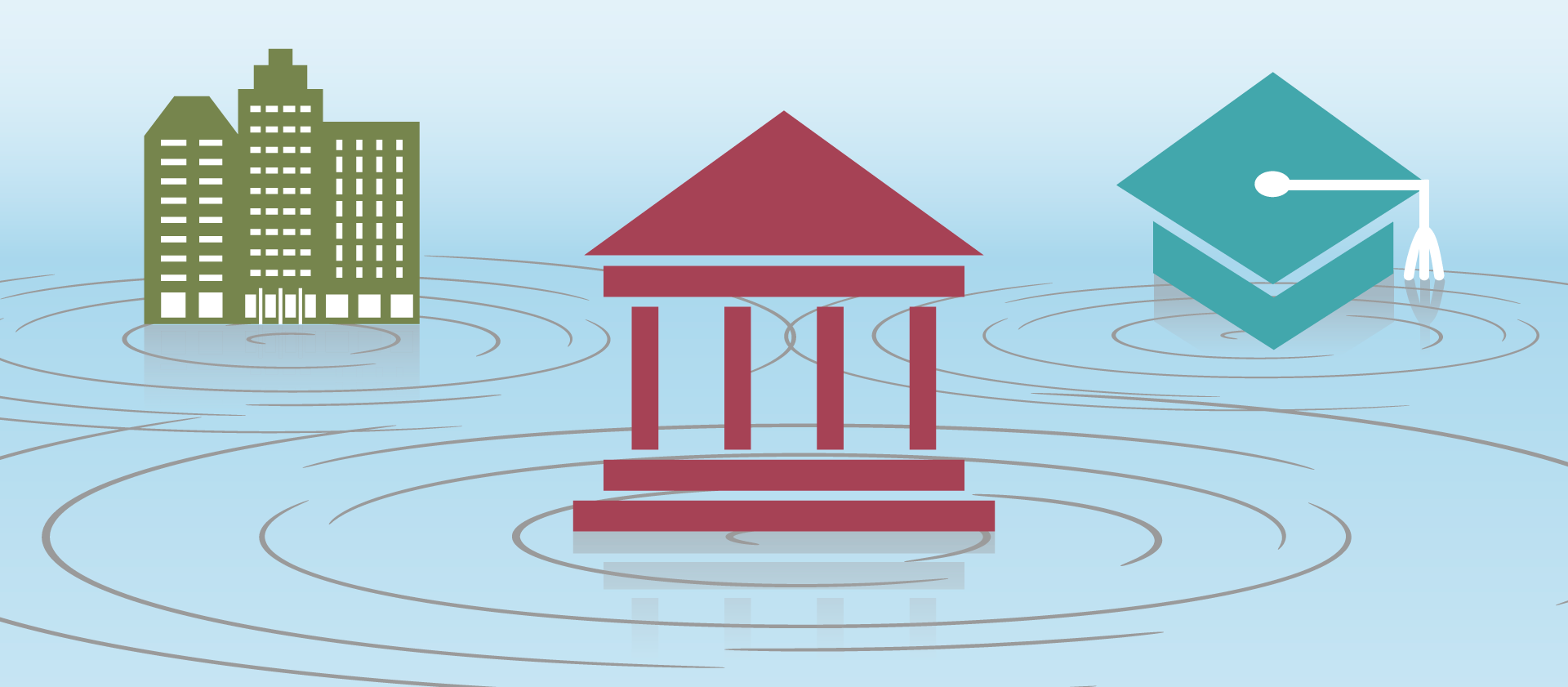
An approach to teaching, learning, and assessment called competency-based education (CBE) focus on students demonstrating learning outcomes and demonstrating proficiency in particular competencies in each subject.
Teaching with the CBE approach is designed to empower students and provide them with meaningful and positive learning experiences. It puts the student at the center and keeps them actively involved in the learning process. This unique approach is outcomes-based, enabling teachers to help students develop knowledge and values and become lifelong learners, even after graduation. It emphasizes the concrete application of knowledge and skills and the authenticity of the learning experience. Therefore, simply defining CBE would be an educational model that prioritizes the overall development of students.
What Are the Major Aspects of Competency-Based Education (CBE)?
Curriculum Design Curriculum design should focus more on outcomes such as skill
development, practical experience, and application that will help students in the future.
Teaching-Learning CBE-oriented delivery emphasizes student-centered learning, with a focus on the teacher empowering students to learn actively and providing feedback. Students can take classes and acquire knowledge in their own way and at their own pace, and teachers should guide them along the way.
Assessment Assessing the application of knowledge and skills in real-world settings using authentic questions backed by real-world data are key features of CBE assessment systems. Assessments are based on the skills students have developed and their real- world application, not on exam grades.
What are the benefits of Competency-Based Education? 1. Flexible Self-Paced Learning
Traditional teaching methods require students to study according to their schedule & timetable set by the teachers. Teachers can define different competencies before starting class and then track their students’ progress all the time. CBE offers greater educational flexibility by allowing students to study at their own pace.
2. Personalized Teaching-Learning
Teachers can track student progress with competency-based learning software. From students’ main areas of strengths to weaknesses to ability and progress, view all the details in one dashboard. Track skills and help students take them to the next level with personalized coaching. Depending on the student’s performance level, students can be assigned different mentors who can handle different skills. It also helps students to articulate their difficulties and make progress.
3. Practical Experience
CBE approach is entirely focused on providing students with practical and logical solutions. It helps you understand real-world problems and develop a problem-solving mindset. Various assessment and curriculum templates can be defined for this purpose. The LMS program is
integrated with e-learning facilities, online content, and interactive assessments to simplify the learning process.
4. Global Edge to Careers
Competency-based education advocates for improving skills, which can help students with a head start in their career on a global platform. In this way, CBE helps provide students with the best employment opportunities.
Why Use CBE?
Students
Students benefit from a competency-oriented course design that focuses on mastering their chosen subject and developing skills rather than just completing the syllabus. This gives students confidence that the skills acquired at school will translate into the qualifications employers are looking for.
Institutes
CBE enhances the diversity of courses that institutes offer, enhancing job placement opportunities and internship opportunities in the institution by aligning their courses and curriculum with industry requirements. Long-term cost savings by improving industry- academic alignment.
Industry
Effective CBE programs involve industry from the outset by seeking to validate courses, skills, course materials, and meaningful assessments. A good collaboration between the institutes and industries is encouraged, ensuring great talent is being hired by the companies as a result of the employers being able to search for students who possess the skills they are looking for.
Key Features of CBE
model, CBE focuses on mastering content rather than completing it.